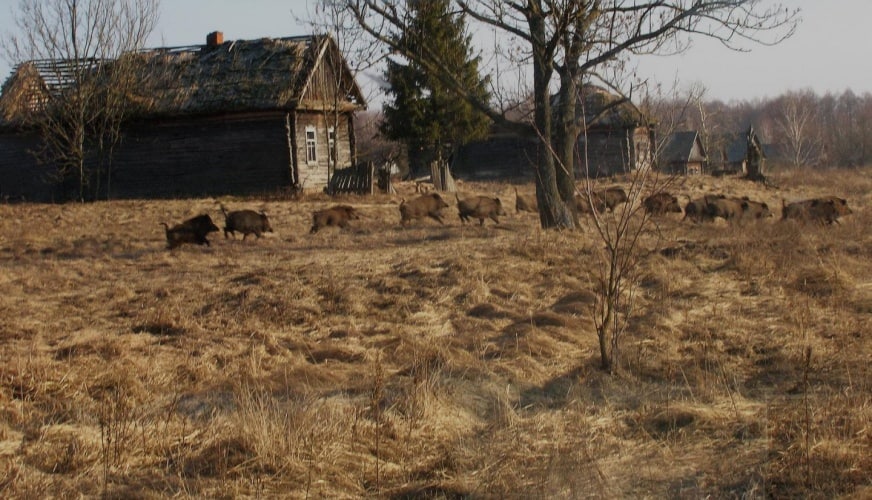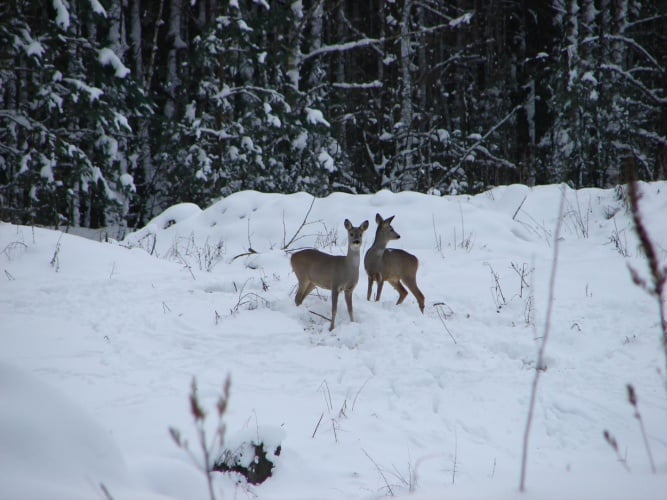Researchers have reported that the Chernobyl Exclusion Zone is looking less like a disaster area and more like a nature preserve, as animals return to the site in large numbers.

Following the 1986 nuclear accident, 116,000 people were permanently evacuated from the 4,200km2 exclusion zone. Published in the journal Current Biology, the study shows that in the absence of human habitation, and with the passing of time, elk, roe deer, red deer, wild boar, and wolves are all thriving in the area.
“It’s very likely that wildlife numbers at Chernobyl are much higher than they were before the accident,” says Jim Smith of the University of Portsmouth.
“This doesn’t mean radiation is good for wildlife, just that the effects of human habitation, including hunting, farming, and forestry, are a lot worse.”
According to the researchers, previous surveys of the zone had shown “pronounced reductions” in wildlife populations, attributed primarily to the radiation. But using helicopter survey data, the team has shown that populations of elk, roe deer, red deer, and wild boar are now comparable to those in four uncontaminated nature reserves in the region. Wolf numbers in the exclusion zone are actually seven times higher than in these reserves.

“These results demonstrate for the first time that, regardless of potential radiation effects on individual animals, the Chernobyl Exclusion Zone supports an abundant mammal community after nearly three decades of chronic radiation exposure,” the researchers conclude.
The research may also have important implications for understanding the long-term impact of other nuclear accidents, such as the recent Fukushima disaster. Around 200,000 people were evacuated from a 50-mile radius following the 2011 incident in Japan.




Collaboration to address viable solutions for VAWG database
<blockquote>address the lack of standardisation, coordination, and collaboration of gender disaggregated data intelligence across various regions,...